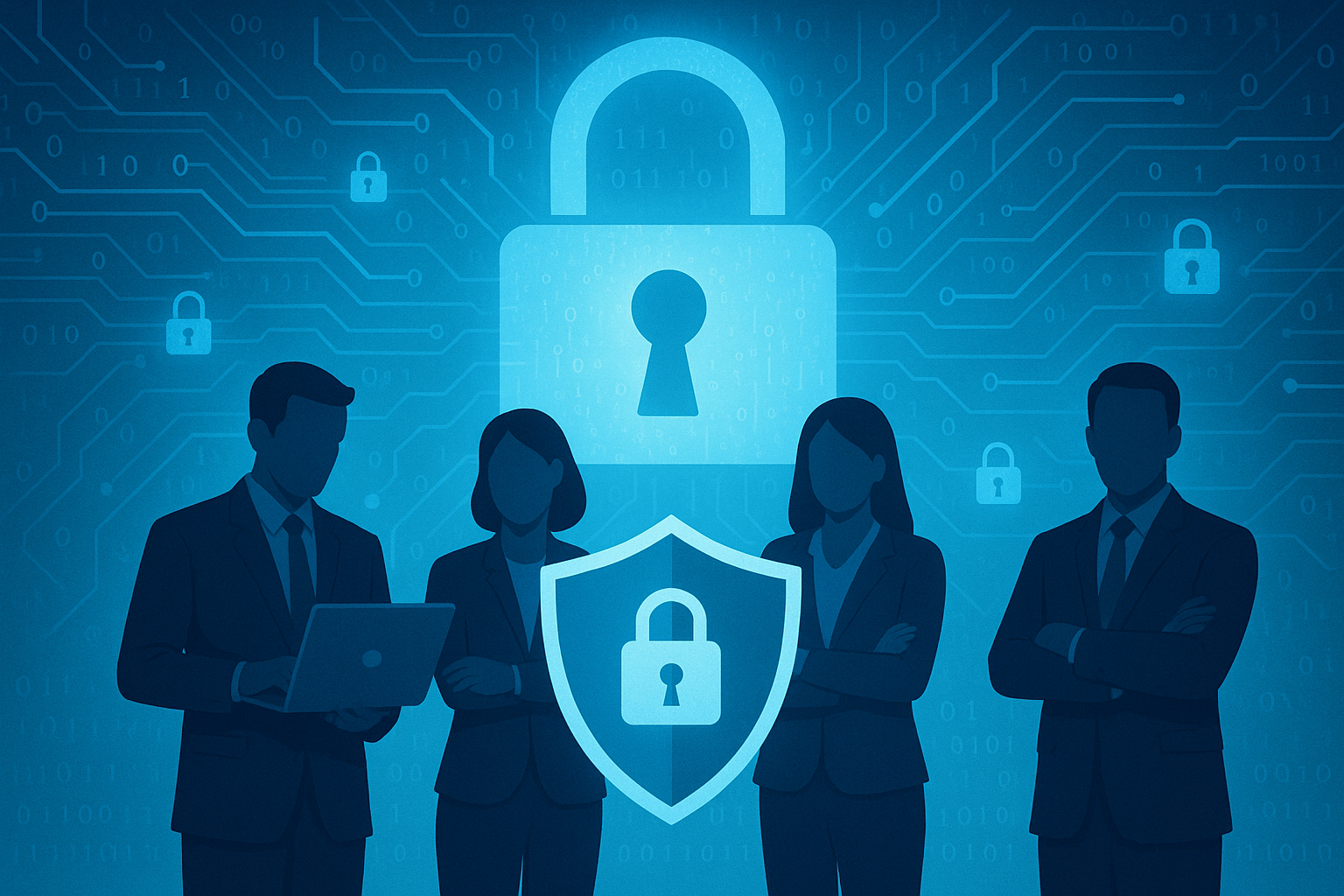
The Human Firewall: Why Employees Are Your First Line of Defense
Cybersecurity Starts With People
Every October, businesses are reminded during Cybersecurity Awareness Month that the greatest cybersecurity risks are not always rooted in technology — they’re rooted in people. While firewalls, encryption, and endpoint protection are essential, attackers know that a single click on a malicious email link can bypass even the most advanced defenses.
According to the 2023 Verizon Data Breach Investigations Report, 74% of breaches involve the human element — including mistakes, misuse, and falling victim to social engineering. That means your employees are both the biggest target and the greatest opportunity in the fight against cybercrime.
This is where the concept of the “human firewall” comes in: creating a workforce that can detect, resist, and respond to threats as effectively as any technical safeguard.
Why Employees Are the #1 Target for Cybercriminals
Cybercriminals are patient strategists. Instead of brute-forcing firewalls, they exploit trust, curiosity, and urgency.
- Phishing Attacks: 91% of cyberattacks start with phishing. A well-crafted email tricking an employee into clicking a link or entering credentials can grant attackers instant access.
- Business Email Compromise (BEC): Fraudulent requests for wire transfers or sensitive data now cost businesses over $2.7 billion annually (FBI IC3 Report).
- Social Engineering: Attackers impersonate colleagues, vendors, or executives to manipulate employees into sharing access.
Technology alone can’t prevent these. Employees must know how to spot red flags and feel empowered to act.
What Is a Human Firewall?
A human firewall is a trained, vigilant workforce that actively resists attacks. Unlike traditional firewalls, this one isn’t made of code — it’s made of people.
Building it requires:
- Knowledge: Understanding common attack methods.
- Behavior: Practicing safe habits with email, passwords, and data.
- Culture: Feeling responsible for protecting the organization.
A true human firewall doesn’t just follow rules — it actively defends the business.
How to Build a Strong Human Firewall
1. Ongoing Security Awareness Training
One-off annual training isn’t enough. Threats evolve too quickly. Regular, interactive training sessions keep cybersecurity top of mind.
- Bite-sized modules delivered monthly improve retention.
- Companies running quarterly training reduce phishing click-through rates by up to 60%.
2. Realistic Phishing Simulations
Simulations test employees in real-world conditions.
- Identify who needs extra training.
- Reinforce safe habits without shaming mistakes.
- Build muscle memory so “think before you click” becomes automatic.
3. Encourage Reporting, Not Fear
A culture of fear discourages employees from speaking up. Instead, empower them to report suspicious emails or incidents quickly. Early detection often prevents small mistakes from becoming major breaches.
4. Reward and Recognize Secure Behavior
Recognition reinforces the importance of cybersecurity. Simple shoutouts for employees who identify phishing attempts help foster a proactive mindset.
The Business Case: Training vs. Breach Costs
The ROI of building a human firewall is undeniable.
- Cost of Training: $20–$50 per employee annually.
- Cost of a Data Breach: $120,000–$150,000 for SMBs (Ponemon Institute).
- Cost of Reputation Damage: Harder to measure, but often longer lasting.
One Florida-based healthcare group avoided a six-figure ransomware payout because an employee reported a suspicious attachment instead of opening it. That one action saved weeks of downtime and recovery costs.
FAQs
Q: What is a human firewall in cybersecurity?
A human firewall refers to employees who are trained and empowered to recognize and resist cyber threats like phishing, social engineering, and suspicious emails.
Q: Why are employees considered the biggest cybersecurity risk?
According to research, 74% of breaches involve human error, negligence, or manipulation. Cybercriminals target people because it’s often easier to trick an employee than bypass advanced technology.
Q: How can businesses strengthen their human firewall?
Organizations can invest in ongoing security awareness training, phishing simulations, and creating a culture where employees feel comfortable reporting suspicious activity.
Q: Is cybersecurity training worth the investment?
Yes — training costs about $20–$50 per employee annually, while a single data breach can cost SMBs over $120,000.



